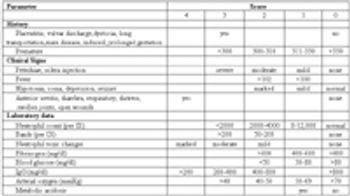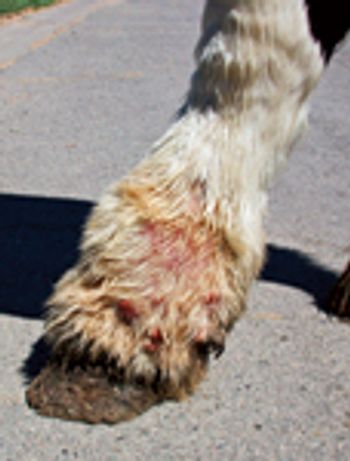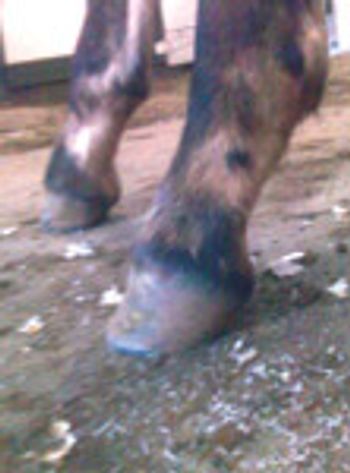
In recent years there have been advancements in the use of biological therapies for musculoskeletal disease.

In recent years there have been advancements in the use of biological therapies for musculoskeletal disease.

Musculoskeletal diseases in racehorses are common and can lead to catastrophic injuries requiring euthanasia of the horse.

The soft tissue structures of the joints, back, and foot can be evaluated ultrasonographically yielding important diagnostic information that cannot be obtained radiographically.

Management of pain in older horses, especially brood mares and stallions, can be challenging.

There have been several surgical procedures developed in the last few years to aid in treating musculoskeletal disease in horses.

Effective management of developmental orthopedic disease in horses often requires intensive monitoring and willingness to change approaches based on the incidence of disease.

Diagnostic ultrasonography has, more recently, been applied to the assessment of other less traditional musculoskeletal problems such as evaluation of bone, joints, muscle and nerves.

Physiologic flow murmurs are murmurs associated with normal blood flow through the heart and great vessels.

Selection of treatments for joint disease in horses is complicated by the fact that there are so many options to choose from.

Ultrasonography is invaluable in the diagnosis of the cause of colic in horses.

Thoracic ultrasonography yields information about the lung and pleural cavity heretofore unavailable to the veterinarian.

The normal horse's heart rate varies with exercise up to a maximum of 200 - 240 beats/ minute.

Medical management of human athletes is a billion dollar a year industry and there are some aspects that are similar to the equine industry.

Equine infections neurologic diseases are important individual horse disease but can also occur in significant epizootics and outbreaks with substantial economic loss.

The problem oriented approach to liver disease involves identification of liver disease as a differential diagnosis for several problems.

Equine endocrine disease most often occurs in older horses as a result of dysfunction of the pituitary pars intermedia.

Foals between 1 and 6 months of age frequently present with lower airway infection and is the primary cause of disease and death in foals aged between 1 and 6 months of age.

Laminitis is frustrating for veterinarians because current knowledge and understanding of the pathophysiology and progression of the disease are incomplete, limiting efforts to prevent and treat this devastating disease successfully.

Urinary tract disorders occur infrequently in horses but represent significant diagnostic and therapeutic challenges. In this article, we will discuss identification and management of urinary incontinence and bladder dysfunction, urolithiasis, and hematuria.

"07 Slow to go" is a 48 hour old Thoroughbred filly that was born to a 15 year old Thoroughbred mare.

As in all species, cardiac examination involves cardiac auscultation for rate, rhythm, heart sounds, and murmurs, palpation of peripheral pulses, and examination of peripheral veins and edema.

In the first of these articles we looked at the wide array of different treatment modalities and therapies available for use in horses suffering from varying types of tendon and ligament injuries, and forms of joint disease. Multiple treatment options are available, from stem cells to platelet-rich plasma to shock-wave therapy to Tildren.

It's a painful, disfiguring disease that may strike horses as early as 2 years of age, then over time cause formation of large nodules that interfere with normal pastern movement, permanent skin ulceration and lameness, eventually leading to the animals' early demise.

National Report -- An outbreak of contagious equine metritis (CEM) that began more than three months ago now involves 711 horses in 46 states, as state and federal veterinary investigators continue to look for the source.

Researchers knew that the equine genome project eventually would lead to monumental discoveries and new methods of diagnosis and treatment of significant benefit to the horse.